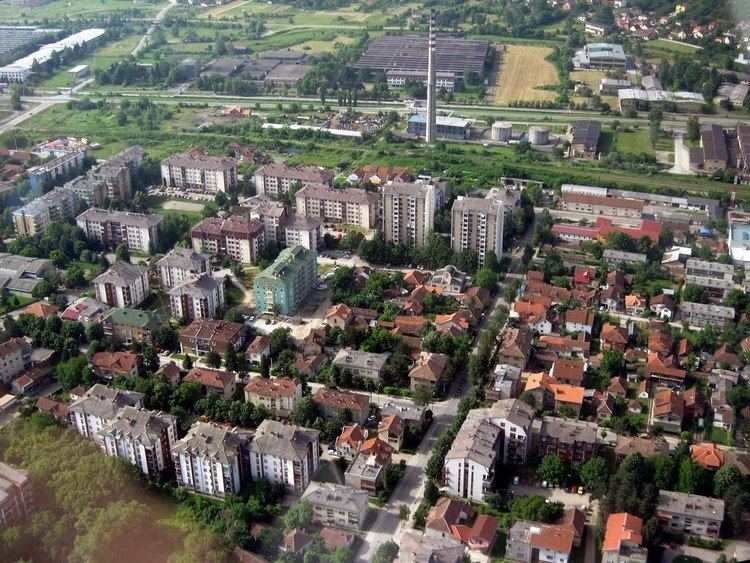Settlements 51 Area code +381 37 Local time Saturday 5:05 PM | Time zone CET (UTC+1) Area 448 km² Postal code 37240 | |
 | ||
Region Šumadija and Western Serbia Weather 17°C, Wind N at 11 km/h, 53% Humidity | ||
661 162 with freight in trstenik serbia
Trstenik (Serbian Cyrillic: Трстеник, [tr̩stěniːk]) is a town and municipality located in the Rasina District of the central Serbia. According to 2011 census, the population of the town is 15,329, while population of the municipality was 42,989. It lies on the West Morava. The town is known for its industry of hydraulics and pneumatics company, Prva Petoletka. There is also the small Trstenik Airport near the town.
Contents
- 661 162 with freight in trstenik serbia
- Map of Trstenik Serbia
- History
- Demographics
- Economy
- Visitor attractions
- Notable people
- References
Map of Trstenik, Serbia
History
In the Early and Middle Iron Age, the tribe of Triballi inhabited the West Morava. Romans conquered the area in the 1st century AD. Roman sites include the Stražbe castrum on the right bank of the river, as well as sites in Bučje and Donji Dubić, and others still unexplored. The Romans introduced the Vitis vinifera (Common Grape Vine) to the region, which still today is processed in Serbian wineyards (It is one of the main incomes in the municipality).
In the Middle Ages, Trstenik belonged to the West Morava oblast (province). The first written record of Trstenik is from Prince Lazar's Ravanica charter dated 1381, in which he donated Trstenik to the Ravanica monastery. The Ljubostinja monastery was built in the Morava architectural style.
In 1427, the Ottoman Empire conquered the areas of Kruševac and Trstenik. In the Western Morava valley, the Ottomans built the Grabovac fortress. After the final fall of the Serbian Despotate in 1459, Trstenik became an important Ottoman caravan stop. In an Austrian report dated 1784, Trstenik had 47 Muslim and 17 Christian houses, stone mosques, two inns and a few craft shops. At that time Trstenik was located 2 km west of the present town, near the village of Osaonica.
After receiving autonomy of the Principality of Serbia, Miloš Obrenović ordered the construction of a new settlement on the right bank of the Western Morava in the period 1832-1838. In the 1870s, Trstenik got a primary school, a post office, a pharmacy, a bank and the first steam mill. In 1899, west across the river, a steel bridge was built, and the following year the Church of the Holy Trinity was built. Stalać-Kraljevo railroad opened in 1910.
From 1929 to 1941, Trstenik was part of the Morava Banovina of the Kingdom of Yugoslavia.
After World War II new facilities were built and a large part of the old quarters dates from this period. After World War II, Trstenik suffered significant industrial development with the establishment of the factory hydraulic and pneumatic systems First five years. During the period of sanctions in the 1990s, the city stagnated.
Demographics
According to the 2011 census results, the municipality of Trstenik has a population of 42,966 inhabitants.
Economy
Prva Petoletka is a Serbian manufacturer of hydraulics and pneumatics. It consists of a parent company which includes one public limited company and 16 enterprises which are organized as joint-stock companies. It maintains production facilities in Trstenik, Vrnjačka Banja, Brus, Aleksandrovac, Novi Pazar, Leposavić, and Belgrade in Serbia and Bijelo Polje in Montenegro. Its headquarters and main production facilities are located in the town of Trstenik.
